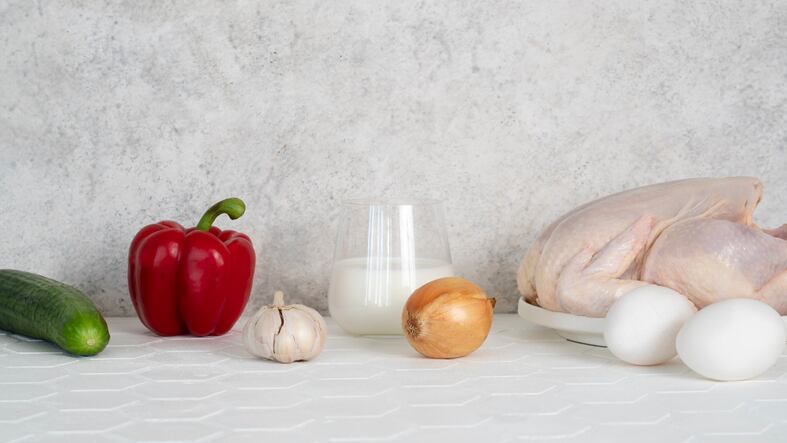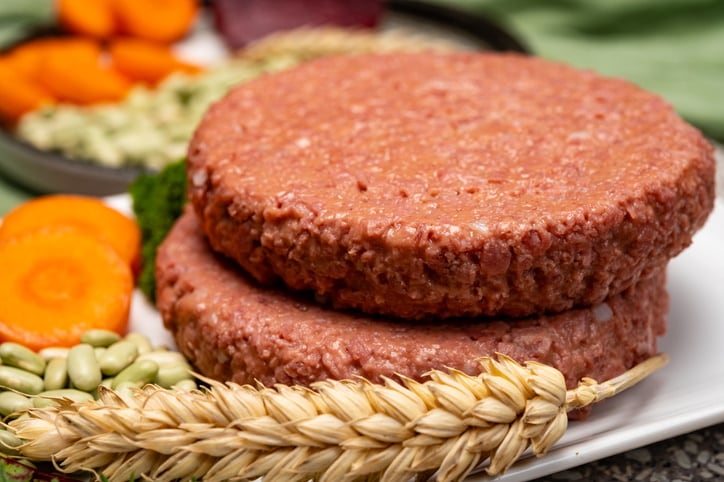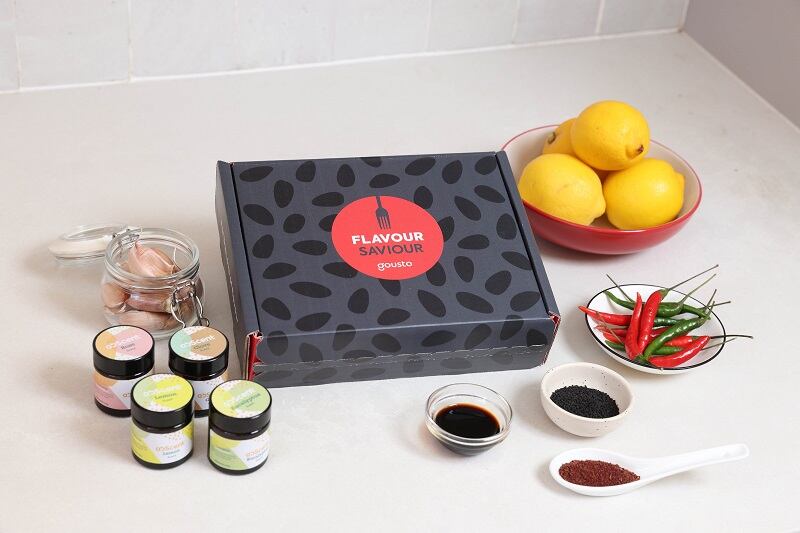For people with parosmia, or distorted sense of smell, the aroma of freshly ground coffee can be as disgusting as burning rubbish.
In new research published in Communications Medicine, a team of scientists have found that certain highly potent odour molecules found in coffee trigger the sense of disgust which is associated with parosmia. The most potent of these molecules was named as 2-furanmethanethiol.
By trapping the aroma of coffee, the team were able to test coffee compounds on volunteers who had parosmia and compare their reaction with those who didn’t. From the hundred or so aroma compounds present in coffee, people with parosmia could point to those responsible for the sense of disgust. Among the 29 volunteers, scientists found 15 commonly identified compounds that triggered parosmia.
“This is solid evidence that it’s not all “in the head”, and that the sense of disgust can be related to the compounds in the distorted foods. The central nervous system is certainly involved as well in interpreting the signals that it receives from the nose. The parosmic experience is a combination of the two mechanisms which produces the distorted perception of everyday foods, and the associated sense of disgust," Dr Jane Parker, Associate Professor of Flavour Chemistry and Director of the Flavour Centre at the University of Reading said.
“We can now see that certain aroma compounds found in foods are having this particular effect. It will, we hope, be reassuring for those with parosmia to know that their experience is “real”, that we can identify other foods which may also be triggers and, moreover, suggest “safe” foods that are less likely to cause a problem. This research provides useful tools and strategies for preventing or reducing the effect of the triggers.”
Some of the most cited food and drinks that set off parosmia in sufferers include coffee, onions, garlic, chicken and green peppers.
The study used a technique called GC-Olfactometry. The aroma from the coffee is introduced into one end of a very long and narrow pipe called a capillary. Some of the aroma compounds travel through the capillary faster than others. The fastest ones come out of the other end first and the slower ones come out later, thereby separating the compounds out so that the volunteers could smell them and describe them one by one.
Mr Simon Gane, one of the researchers, from the Royal National Ear, Nose and Throat and Eastman Dental Hospital added: "We still have a long way to go in understanding this condition, but this research is the first to zoom in on the mechanism in the nose. We now know this has to be something to do with the nerves and their receptors because that’s how these molecules are detected."
Parosmia and long COVID
Prior to the global pandemic caused by COVID, parosmia was a rare condition known to occur after infections such as cold, flu or sinus infections, with very little awareness about the causes and treatments for the disease.
During the pandemic COVID symptoms included loss of smell and taste in 50-60% of cases, of which about 10% developed parosmia.
Since the Omicron variant, loss of smell and taste has become a less common symptom (estimated to occur in about 10-20% of cases) and parosmia cases are likely to be fewer in number. Nevertheless parosmia is still estimated to affect 2 million people in Europe.
Does the condition present NPD opportunities?
In March a study by food box company Gousto of 2,000 COVID-19 sufferers found that 71% lost their senses of smell and taste, with 57% saying this has taken the joy out of food for them.
One in five (21%) no longer eat their favourite foods, while nearly 17% were left unable to smell their cup of morning coffee or taste their favourite chocolate. For a further one in five (20%), their sense of taste is still yet to return.
Nearly a quarter (23%) were left feeling stressed at the prospect of never fully tasting their favourite meal again, with others left feeling isolated and depressed, with a number reporting that they are now eating (11%) and cooking (10%) less as a result.
Over 33% of those who had COVID said they had tried eating burnt orange, garlic cloves and gargling salt water to try and regain their sense of taste. A more practical 43% dialled up their cooking with strong flavours and extra spice - such as adding more chillies - hoping this would help them taste fully again.
In response to the 24% with smell and taste disorders who are looking for recipe inspiration to help cook meals they can taste, Gousto has unveiled the limited edition ’Flavour Saviour’ kit, which is now available for free from its website. Formulated in partnership with smell loss charity AbScent, it includes four fragranced jars to actively sniff, alongside ingredients hand-picked to stimulate the taste buds.
Reference
Insights into the molecular triggers of parosmia based on gas chromatography olfactometry
Communications Medicine
DOI: 10.1038/s43856-022-00112-9





